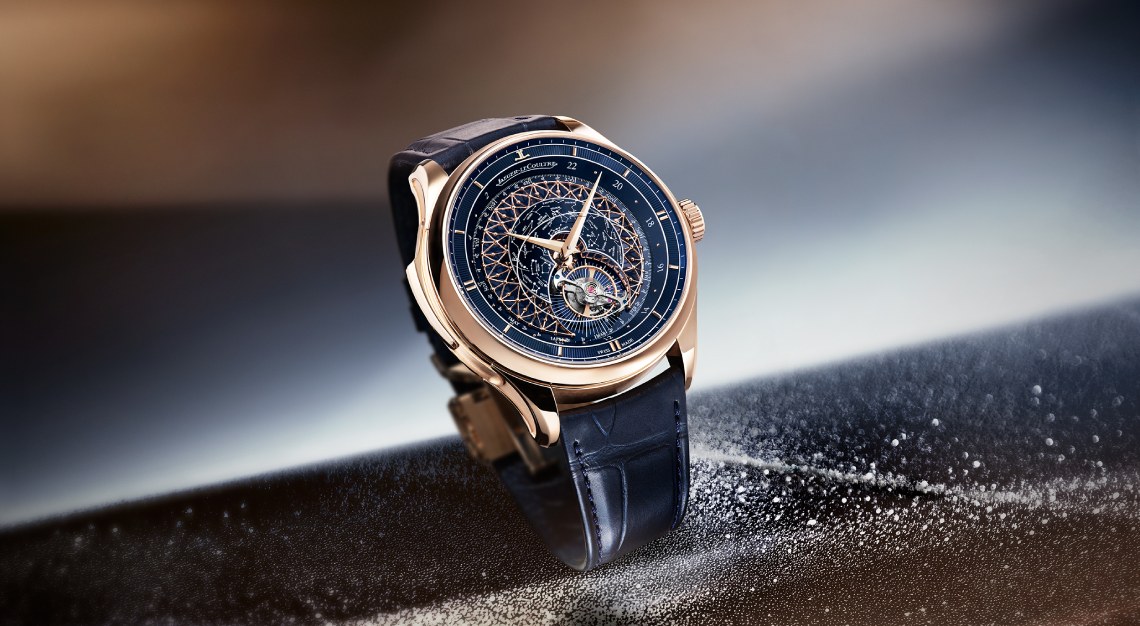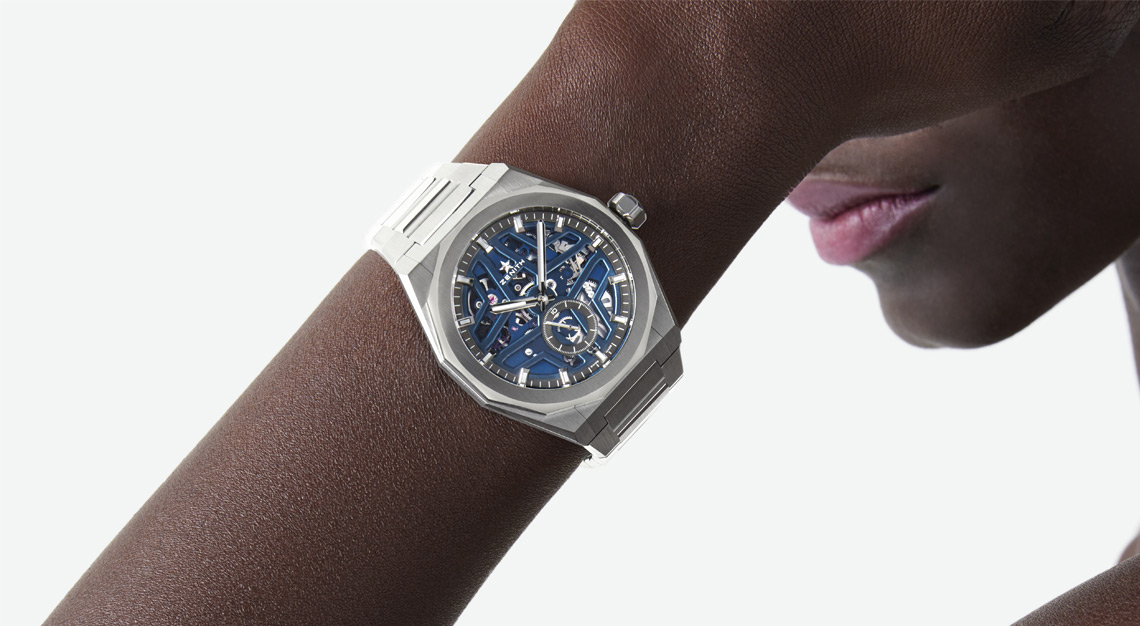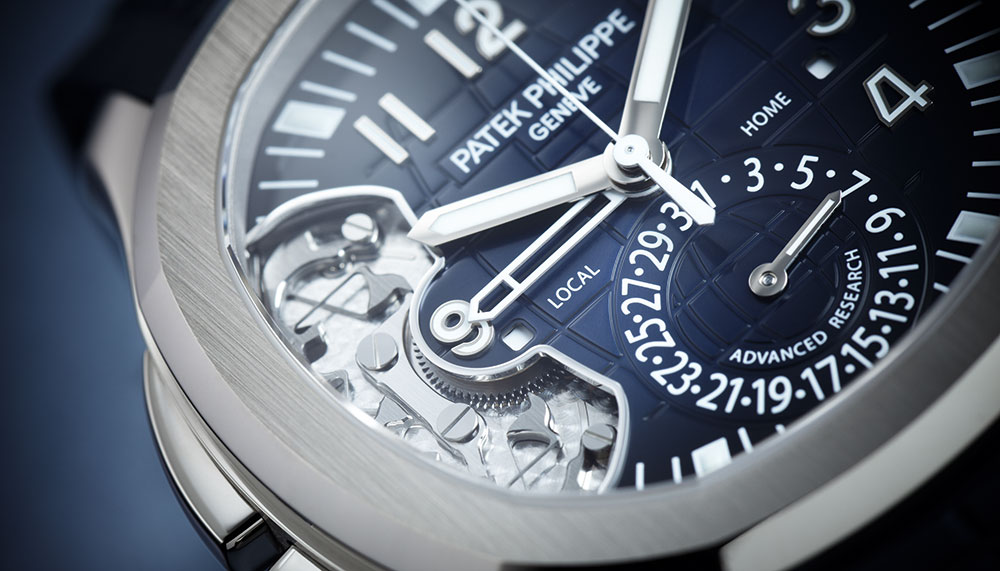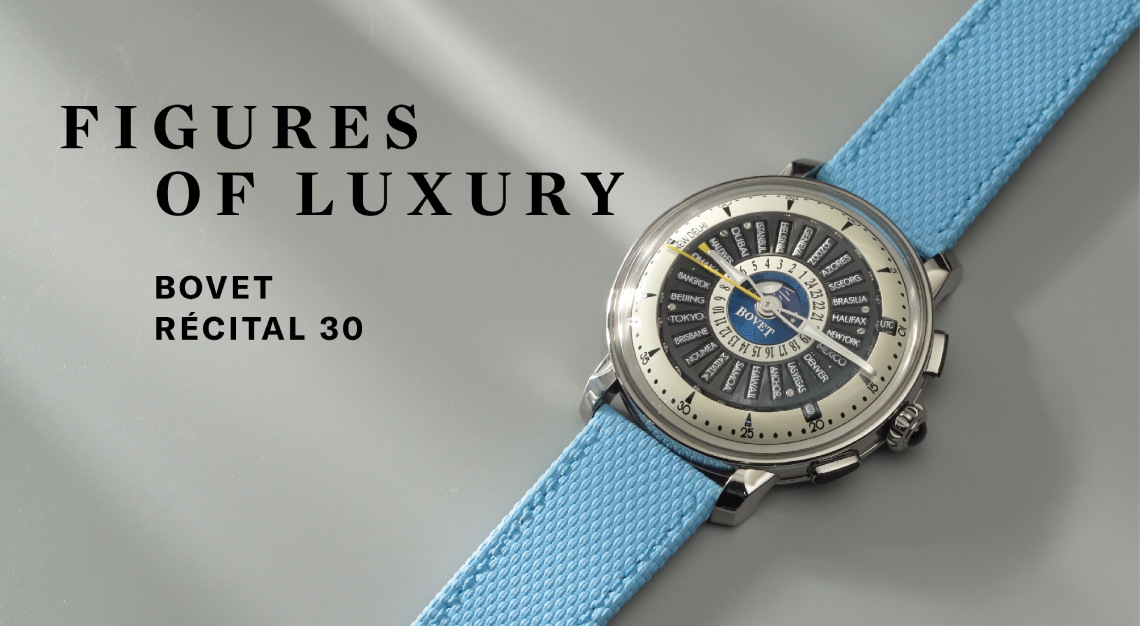The president of Patek Philippe discusses his favourite new releases at Watches and Wonders, where ideas come from, and why designing a blockbuster is easy
Editor’s note: See other Mind Your Business interviews here.
Thierry Stern cuts an ebullient figure around this year’s Watches and Wonders fair in Geneva, where many of the biggest watch brands have gathered to display their latest releases. He is all smiles as he walks quickly around the perimeter of the Patek Philippe booth—a towering three-story pop-up maison that befits the brand’s position at the top of the horological tree—to get to the relative safety of the Patek lounge. As the head of one of the luxury industry’s most powerful and significant brands, he is constantly in demand, from retailers, press, collectors, and rather breathless fans. Above the maelstrom of the fair’s floor, in an office at the Patek booth, he sits down with Robb Report and smiles once again.
Let’s begin by clearing up a question many people have. Will Patek follow Rolex and Audemars Piguet and create its own certified pre-owned programme for vintage watches?
No, not really because we are already doing it in one sense, as I can fix all the watches I have made since 1839. I’m not willing to go into this business: My business is to produce watches. The retailers, they like that for sure. But it’s not that easy. But now believe me, not all of them are willing to do it because they realise it’s not so profitable.
You need to have a very good organisation to do it. Then your business is different, like WatchBox, they’re doing it, and they have over a hundred people working for that. So that’s what I say to retailers. “You want to do it, but how are you going to fix those watches? And what about price? Do you feel comfortable to have the new watch at US$50,000 and the same watch but pre-owned at US$200,000? It’s not easy to deal with it. So for Patek Philippe, no, it’s not what I will do. I focus only on new watches.
And that’s a hard line in the sand—that’s not going to change?
No, everything is possible in the future. But from now on, no. And I have no hidden agenda. Maybe in 10 years, in 20 years I will have to do it. But [for] now, no.
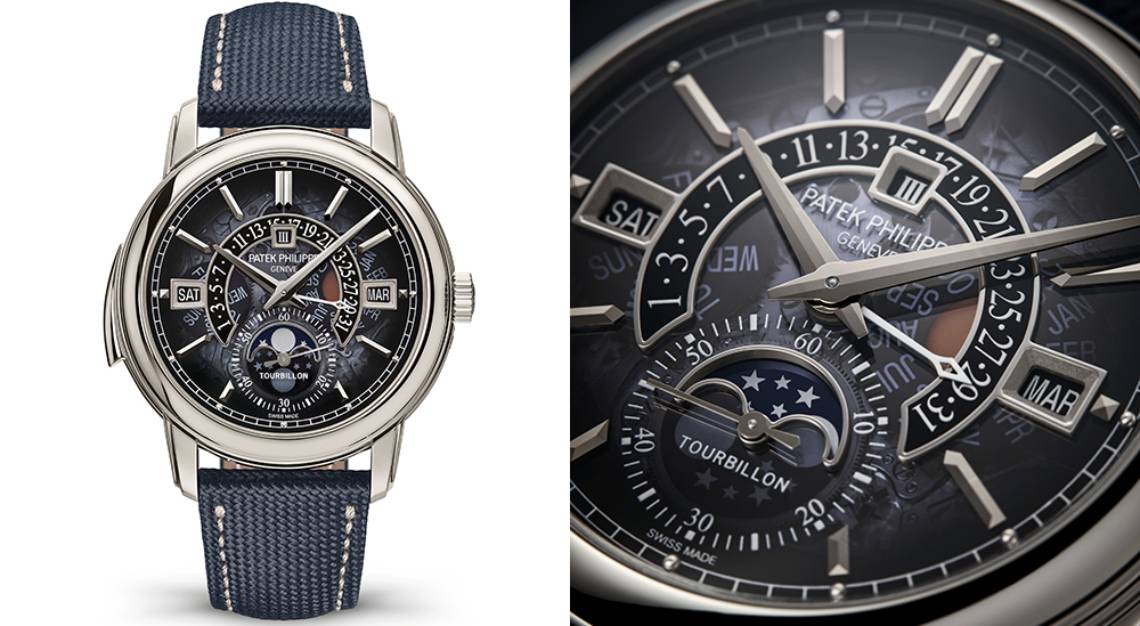
Let’s talk about some new models. Which of the pieces that you’re releasing are you most proud of?
I must say all of them, or I would not release them. But I have two really cool models that I like. The first is the Calatrava 6007. I’ve always liked this model. The base was what we call the reference 5000, then came the 6000, and after that, the 6007. And they’re all quite similar. They’re easy to wear, they’re discreet, but you can still see it’s a Patek Philippe, automatic movement, and with a little bit of colour. And the strap also makes a difference. It’s a calf strap which has been stamped and looks really like carbon fibre. I will keep one for myself because I think they’re very cool: I can wear it with my jeans or with my suit. And this was really a watch that I enjoyed making.
And the second, maybe my favourite and for a different reason, is the 5316. This is a minute repeater tourbillion, a perpetual calendar retrograde. This piece was already in the collection, but the look was a little bit old style. I could see the demand was not increasing like crazy. It was steady. And I can understand that. I look at it and I say, “Well I need really to reactivate that and to find a new way to put the retrograde calendar in a cool style, something hot, something strong.”
So we did a platinum case with a beautiful sapphire dial where it’s half transparent; you can see the movement below. And on the top of the dial, you will see there are beautiful indexes applied. It’s aggressive, but it’s still a Patek Philippe and something that will suit collectors or newcomers.
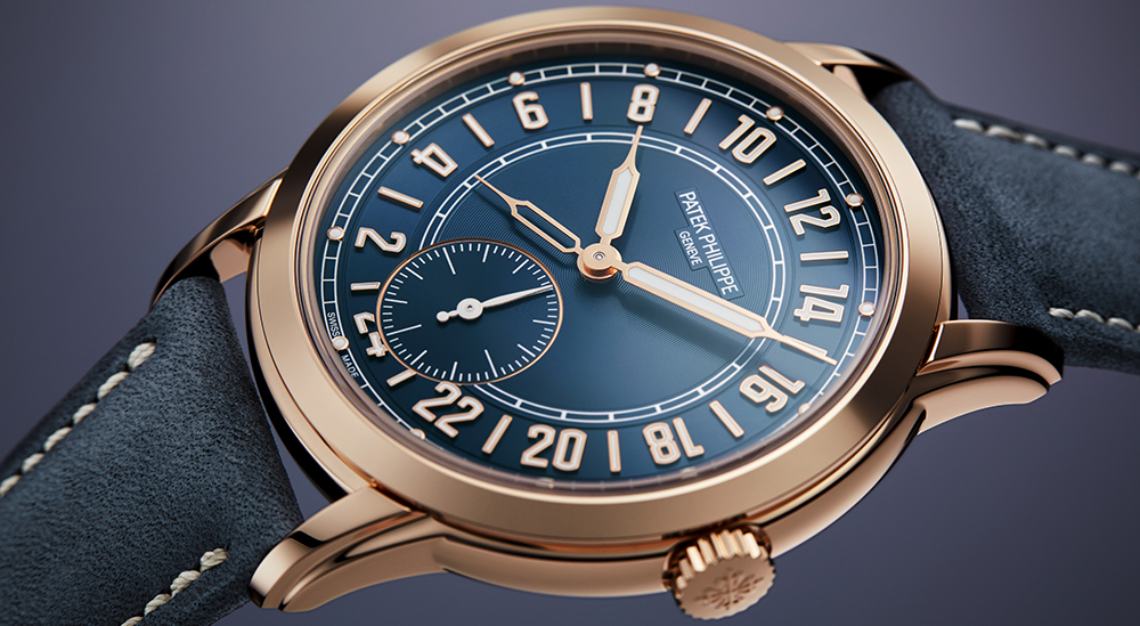
Tell us about the Calatrava 5224R, 24-hour travel time, with its unusual dial layout. It’s an idea from the archives, but how did this reimagining come about?
It was done in the past, as the gondola pocket watch. I wanted to do a wristwatch with a 24 hour-dial for years, but I could never find the right design. Something was missing. I worked on it for three years. The hardest part was not to find the movement because I knew how to do it. For the design, we made, I don’t know, 20, 25 prototypes. Nothing was really cool. Finally, we found the finishing of the dial and the colour. But the number 24 was always at the top of the watch at 12 o’clock. I looked at it and I say, “It’s not logical: it’s midnight, I’m sleeping, why should I have it at 12? So I reversed that and I have my 12 now at the top and suddenly it seems logical—it’s lunchtime.
It’s not easy to read; your brain has to accept it. So I check it and I say “Yes, I can read the time easily.” And that’s when I say, “OK, now I’m ready to launch it.” And the result is really stunning. People are enjoying it. I think adding the second time zone was very smart. It was not in the plan at the beginning. The plan was just to have a simple 24 hour/minutes, then I said no, no, I add that second time zone and boom, that was it.
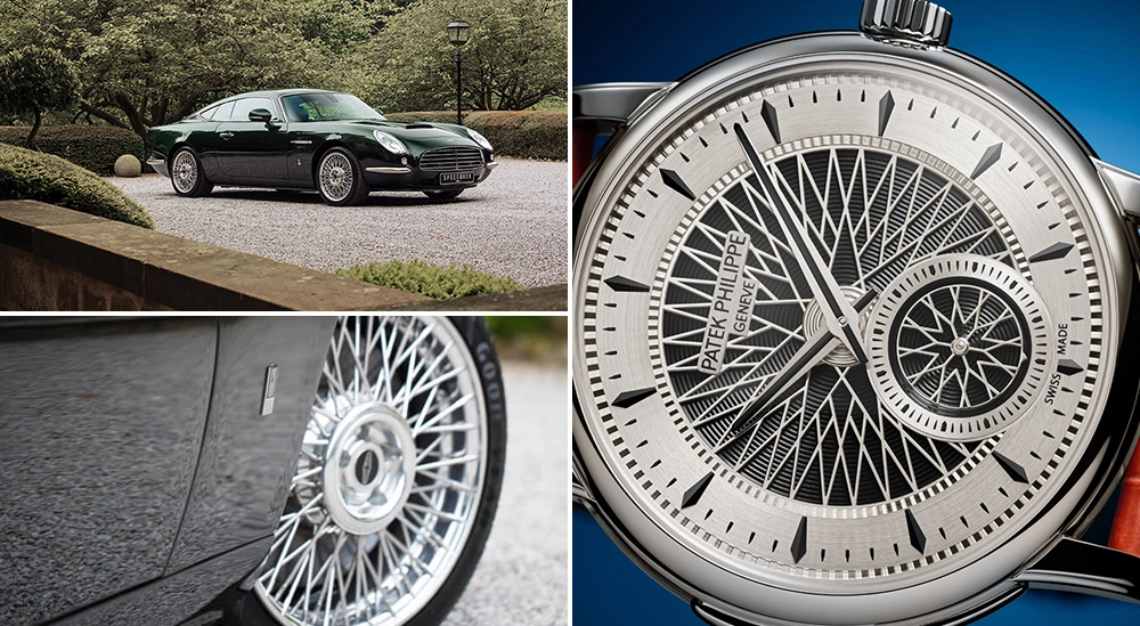
You’re heavily involved in all aspects of the design of new watches. Where do the ideas come from?
It comes from many different places. For example, I was cleaning one of the wheels of a car of mine, a David Brown Speedback GT, and it was complicated because those wheels have a lot of spokes. It took me a long time to clean those bloody tires. I was looking at it and I said, “But you know what? That looks nice. I should do a dial about it.” And that’s how I created the dial of the Fortissimo.
Also what is very important is when I travel, I have to listen to people. I go to Germany, China, Italy, America, I have to listen to the sales staff and to the final customers. They’re the ones who help you in terms of colours, dial size, and movement. It’s just a matter of opening your ears and collecting all that information. The hard part is to make one watch that will suit everybody. Because Germany will ask me to make bigger watches. Japan will ask me to make smaller watches. So you have to find an in-between. The most challenging part for the designer is to create a watch that will suit the whole world.
And then, you have to know and understand how to make a watch. When I started my career, I learnt how to fabricate a case. I learnt how to build a movement. I learnt how to fabricate a bracelet, clasps, hands, dials, all of that. I was working with those guys, which gave me the chance to understand now how far they can go, what they can do, and also how far I can push them. I always want to push the limit.
So when you know all of that, then if you’re creative you can dream about a watch. And that’s how I do it. Most of the watches actually that I have made, I dream them. Because that’s the only time I have. I have time to dream. And so when I’m relaxing or sleeping I lay down and think about what people told me: “OK, he told me this, I remember I did something like this in the past, and I can maybe do it like this.” And that’s how I do it. When I was young it would be impossible for me to do it. But after a few years, you become slightly better and better and better. And today it’s so easy and I love that.
At Patek, I never count in terms of money. When I talk with designers [from other brands], they say, “They give me a project where the dial should not be more than CHF 100.” How can you do something nice if you have a budget of CHF 100? There’s a limit. At Patek, we don’t have a limit. First I create and then I look for the price—never the reverse. So if you ask me to design a Swatch or an Omega I wouldn’t be able to because it would be too expensive. I’m trained to be at the highest level with the finest product and at the edge of perfection. And I will never reach perfection because it’s not possible. But I have to go as close as I can.
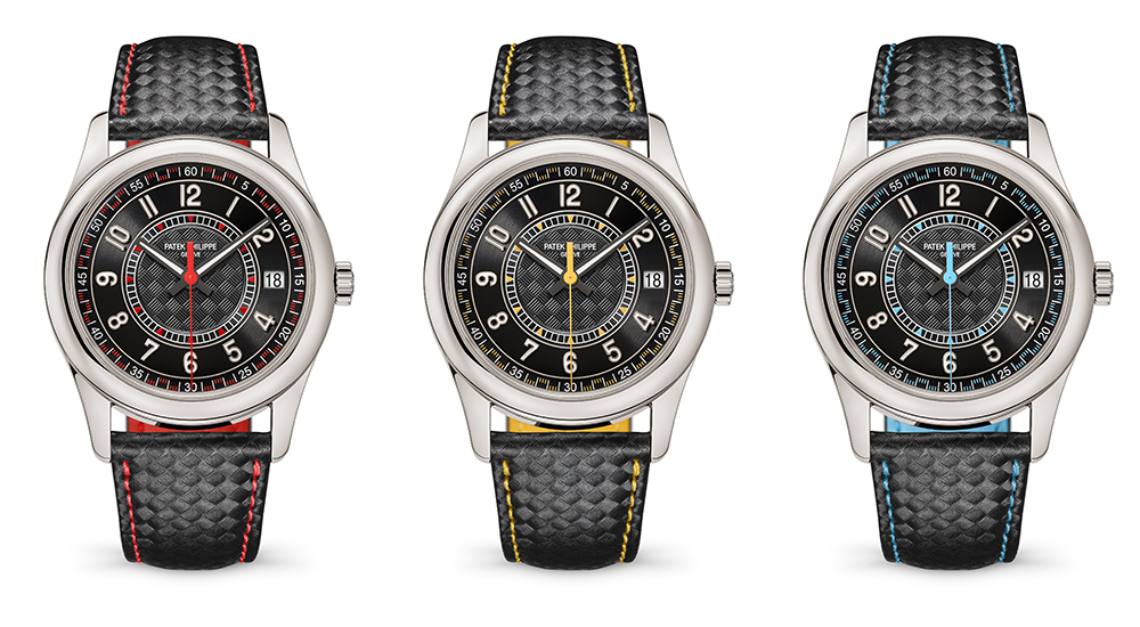
Patek is a family business. Can you give me an example of a lesson you learnt when you started which is still important?
When I was learning how to put a movement together, I remember I dropped a little screw. I asked for a new one and the guy said, “No, find it.” And that’s how you learn. And now I understand, because the cost of all those pieces, they’re expensive. If you lose one, that’s fine. But when you have a hundred people and they each lose 10 of them, that’s different. So you have to respect the value of every part. And that’s why I had to look for nearly the whole day. I found it after maybe eight hours, I think. It was a good lesson.
You travel a lot, and meet collectors and clients all the time. You’re very visible compared to a lot of bosses of not just watch companies but brands throughout the luxury world. Why is that important to you?
I see that some people, they think they’re so important. And this is not good. You have to stay down to earth, and I have been always like that. I don’t think I really changed. I’m polite with everybody, I respect everybody. How I am with you would be the same with my friends. I have zero ego. Ego is dangerous. And I never thought somebody was smarter because he didn’t smile. On the contrary. Sure, they think that they are important. People are afraid about them but behind their back everybody’s laughing. So I hope that’s not the same with me. I think we can laugh together face to face and it’s okay. And that’s important. Those values are the most important for me to teach to my kids, that’s for sure.
You mention your kids. Do you see in your two sons the same creative mind that you have, and are you confident that if they go into this business they can continue successfully?
It’s difficult to know, to be frank. They’re still young, but I think so. They know about the style, the DNA. I tested them last year: I asked them to do a bracelet without the watch. They had a mission to work on the Nautilus bracelet. I said, “Make fun ideas.” They worked with a technician, and the designer was listening to them and drawing the idea. And the result is pretty cool, I must say.
So I have a really good hope about their future. But they need to enjoy it. I told them, “I don’t care about Patek, I care about you. So if you’re willing to do something else, that’s fine. Don’t worry. Patek, I can handle it. I will always have somebody who can take care of it. I will never be upset if you say, ‘Daddy, I don’t want to work for Patek.’ No problem. I still love you. Don’t worry. Patek is a business. It’s not my family, it’s different. And I must say that since I did this speech, they were much more relaxed, believe me.
This article was first published on Robb Report USA



